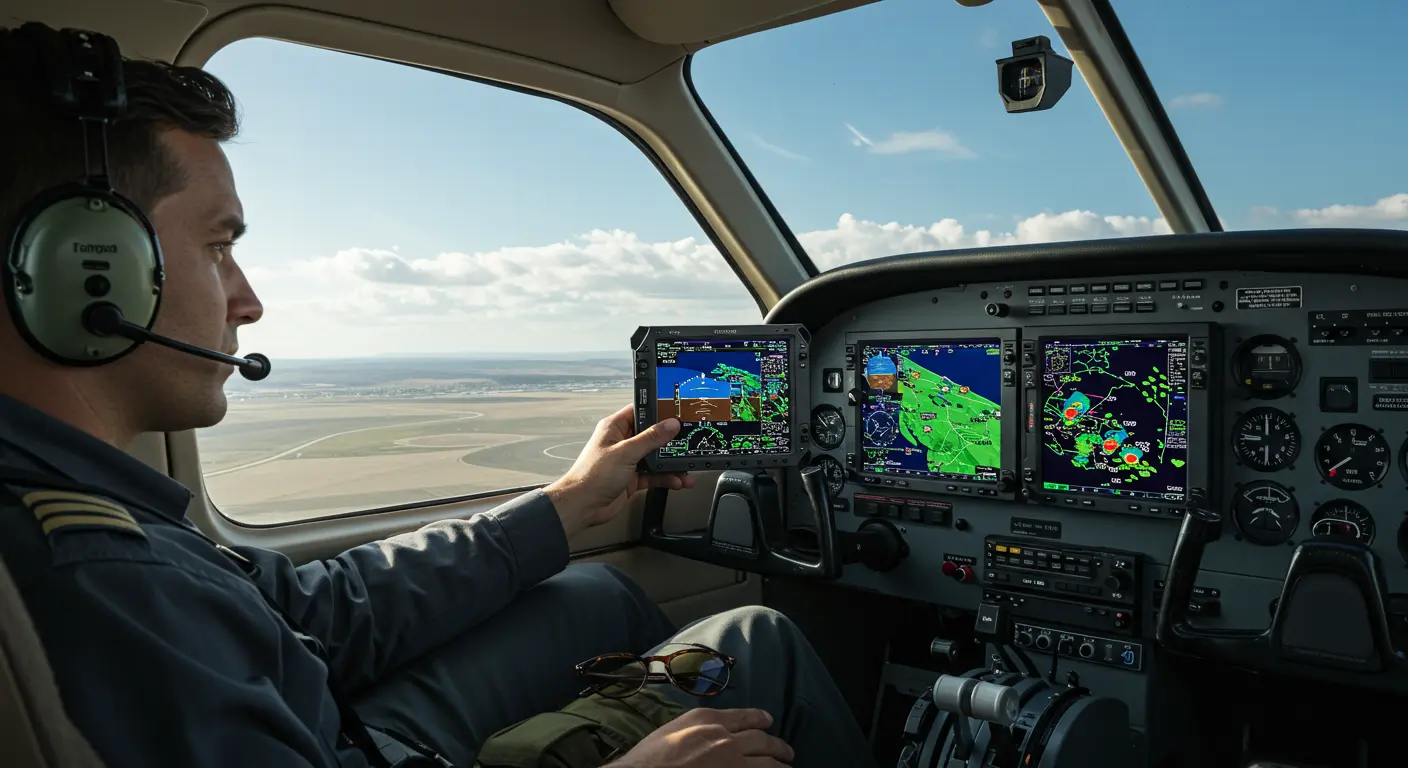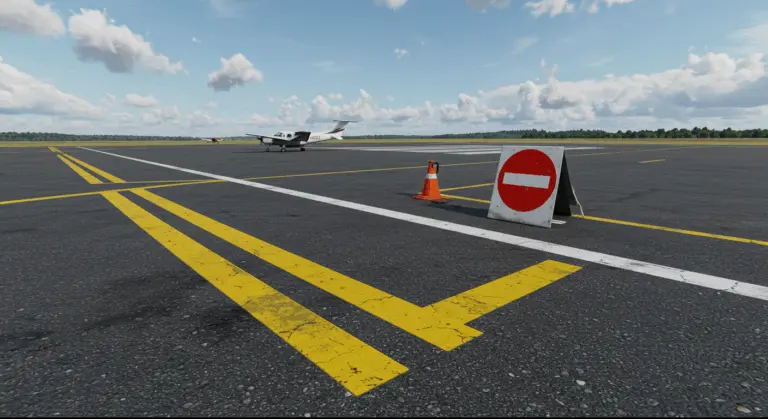What is a Convective SIGMET – Definition and Characteristics
Understanding Convective SIGMET – Definition and Purpose
A Convective SIGMET (Significant Meteorological Information) represents a specialized weather advisory that focuses on severe convective activity across the contiguous United States. For pilots and flight dispatchers, it serves as an essential tool that helps identify and circumvent potentially treacherous weather conditions.
Convective Signets alert aviation personnel about areas experiencing or expected to experience significant convective weather phenomena. Meteorologists issue these critical warnings when they identify a substantial likelihood of hazardous convective activity—conditions that could gravely compromise flight safety. Unlike standard Signets that cover various severe weather phenomena, Convective Signets focus exclusively on thunderstorm-related dangers.
Convective Signets sound the alarm for several menacing weather phenomena:
With current information about the location, movement, and ferocity of severe convective weather, these advisories empower flight crews to make strategic decisions regarding routing and altitude selection. This helps maintain aviation safety during severe weather conditions.
Criteria for Issuing Convective Signets
The National Weather Service doesn’t issue Convective Signets lightly—they’re triggered by specific thresholds of severe weather phenomena that pose genuine risks to aircraft. This approach ensures pilots receive crucial warnings about truly hazardous conditions while avoiding unnecessary alerts for minor weather events.
Meteorologists issue a Convective SIGMET when they observe or forecast any of these criteria:
Duration and intensity matter too. When embedded thunderstorms or severe convective activity threatens to linger for 30 minutes or more, a Convective SIGMET becomes essential—these conditions create extended hazard areas for aircraft. Rapidly evolving convective scenarios can also prompt fresh advisories, keeping pilots informed of current conditions.
Why these specific criteria? These criteria identify conditions that produce severe turbulence, icing, and wind shear. By establishing these clear thresholds, aviation authorities have crafted a standardized framework that enables flight crews to make well-informed safety decisions with confidence.
Differences Between Convective SIGMET and Other Advisories
Aviation weather advisories serve different safety purposes. Convective Signets occupy their own specialized niche, distinguished from their advisory siblings through the weather phenomena they target, their validity periods, and how frequently they’re issued.
The key difference is their focus. Convective Signets target exclusively severe thunderstorm-related hazards. Aires (Airmen’s Meteorological Information), by contrast, tackle less severe yet still significant conditions—think moderate turbulence, moderate icing, and widespread instrument flight rules (IFR) conditions.
Validity periods also differ. Convective Signets maintain a brief two-hour validity window, reflecting thunderstorms’ notoriously fickle nature. Aires? They have a six-hour validity period, suitable for gradually evolving weather patterns.
Standard Signets tackle the non-thunderstorm severe weather realm:
-
Severe turbulence or severe icing
-
Widespread dust storms or sandstorms
-
Volcanic ash
Most carry four-hour validity periods, though volcanic ash advisories can persist much longer—reflecting the extended threat these airborne hazards pose.
Understanding these differences helps pilots interpret weather advisories effectively. They can prioritize threats, make informed decisions about route planning and altitude selection, and make confident go/no-go determinations based on the specific hazards in their flight area.
How Pilots Use Convective Signets for Flight Planning
Convective Signets function as indispensable decision-making instruments throughout the flight planning process. These specialized weather advisories empower aviation professionals to pinpoint and strategically sidestep areas where hazardous convective weather could jeopardize flight safety. Pilots integrate these advisories into preflight preparation, allowing careful assessment of potential encounters with dangerous convective phenomena.
With this information, pilots can use several risk management strategies:
-
Route Modification: Planning deviations to fly around storm cells or lines of thunderstorms by a safe margin.
-
Strategic Timing: Postponing departure until threatening systems clear—taking advantage of the advisory’s two-hour validity period.
-
Prudent Cancellation: Scrubbing flights when convective activity’s severity or scope renders safe passage impossible.
Convective SIGMET information extends beyond initial planning—it remains useful for in-flight decision-making. Pilots maintain continuous vigilance through air traffic control communications and onboard weather radar systems. This ongoing awareness allows for course adjustments as conditions evolve, ensuring initial planning decisions remain sound throughout the entire flight.
When pilots use Convective Signets effectively, they gain two benefits: enhanced safety margins coupled with improved operational efficiency. Proactive weather avoidance—guided by these specialized advisories—dramatically reduces encounters with hazardous conditions that could trigger aircraft damage, passenger discomfort, or costly schedule disruptions from unplanned diversions. This systematic approach to weather risk management is fundamental to professional flight operations in areas with convective weather threats.
Where to Find Convective SIGMET Information
Obtaining accurate and current Convective SIGMET information is essential for aviation safety. The National Weather Service (NWS) delivers these critical advisories across three distinct geographical zones: Eastern, Central, and Western United States. This strategic regional approach enables more precise and relevant weather reporting, each zone customized for its regional weather patterns.
Multiple official channels provide pilots and dispatchers with Convective SIGMET access:
-
Aviation Weather Center (AWC): The primary online source, offering real-time graphical and text advisories.
-
Flight Service Stations (FSS): Specialists provide the latest information via telephone or radio.
-
Electronic Flight Bags (FBS): Applications like ForeFlight and Garmin Pilot integrate SIGMET data into their weather overlays.
-
Air Traffic Control (ATC): Controllers notify IFR pilots whose routes are affected by an advisory.
Convective Signets follow a specific schedule—issued hourly at 55 minutes past each hour with only a two-hour validity window. This demanding timeline means pilots must secure the latest information before departure and remain vigilant for updates throughout their flight.







